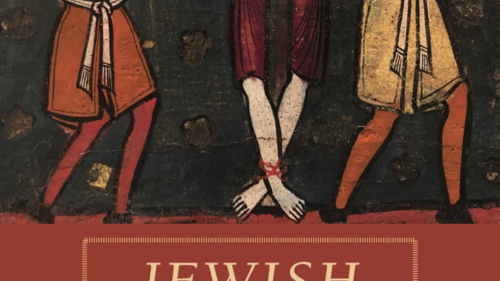This valuable biography of Abu Mus’ab al-Suri (Mustafa bin Abd al-Qadir Sitt Maryam) contributes to the understanding of jihadi strategic thought, an area where incisive and thorough scholarship has been lacking. Suri is a significant jihadi thinker: He was an intellectual pioneer of “leaderless resistance,” an increasingly important terrorist strategy.
A professor at the Norwegian Defence Research Establishment, Lia’s main objective “is to discover the man behind the writings and ideas for which he is now renowned.” Suri’s passionate and rather contrarian personality makes him a fascinating subject of study but so, too, does the sheer breadth of his jihadi career. In 1980, at the age of twenty-one, Suri joined the Combatant Vanguard, at the time “perhaps the most prominent and active Islamist rebel group in Syria.” With Syrian authorities hot on his trail, he was forced to flee the country and found refuge in Jordan where he joined the Syrian Muslim Brotherhood. The Hama massacre of February 1982, in which Syrian forces leveled a large area of the city in response to the Brotherhood’s uprising, prompted Suri to reassess where and how he would wage jihad.
Thereafter, Suri was involved in an array of radical causes. He fought the Soviets in Afghanistan where, according to his own account, he was “among al-Qaida’s founding members.” During the 1990s, he served as a propagandist aligned with the Armed Islamic Group (GIA) in Algeria’s civil war. From 1994-97, he lived in London and “served in many ways as bin Laden’s media adviser.” Following pressure from British authorities, he returned to Afghanistan and established his own media center and training camp. He became a fugitive after 9/11 with the U.S. offering a $5 million reward for information that led to his arrest; he was captured in late 2005 in Quetta, Pakistan.
Lia’s work serves as an exemplary model for researchers in its scope and methodology. He draws from an impressive array of primary and secondary sources in multiple languages as well as from interviews. The author skillfully and persuasively evaluates various media claims about Suri, such as the oft-repeated but unproven assertion of a role in the 3/11 Madrid train bombings. The book also illuminates how the various personalities that comprise the jihadi movement often clash with each other. In addition to the well-known conflict between the GIA and Algeria’s Islamic Salvation Front (FIS), Lia exposes the schism that developed between the brash, temperamental Suri and the more staid bin Laden: After one particularly harsh argument in Afghanistan, bin Laden said to Suri, “Let us keep away from one another to keep our mutual respect as Muslims.”



